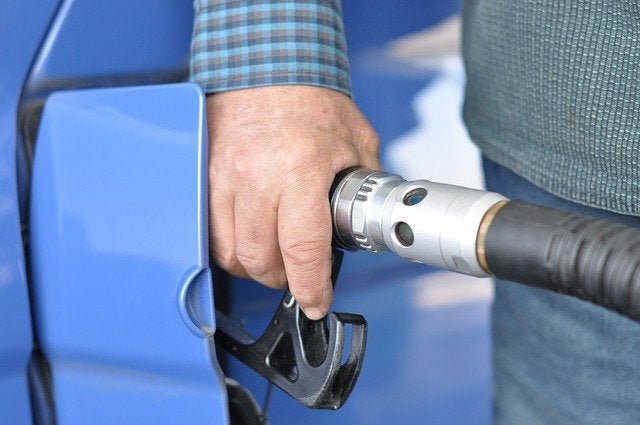
Phillips 66 has collaborated with H2 Energy Europe to construct 250 hydrogen refuelling stations in Germany, Austria and Denmark.
Through their European subsidiaries, the companies will establish a 50-50 joint venture to develop the hydrogen refuelling network in the three countries by 2026.
The subsidiaries will leverage their capabilities for the development of a retail network, thereby helping to bring together hydrogen supply, refueling logistics and vehicle demand.
Based on the availability, the parties intend to supply the green hydrogen to retail refueling network.
H2 Energy’s ownership in Hyundai Hydrogen Mobility, a retail and distribution partner in Europe for Hyundai’s commercially available heavy-duty fuel cell electric truck, is expected to create a partial demand for the refilling stations.
The future network of hydrogen refueling stations developed by the JV in the three countries consist of existing JET-branded retail stations and new locations on major transport routes.
H2 Energy founder Rolf Huber said: “We consider hydrogen and fuel cell technology an enabler of the energy transition.
“It buffers excess electricity production, and stores and distributes energy that has been produced by renewables.”
Through its wholly owned and affiliated entities, H2 Energy will integrate hydrogen production, supply and the refueling apparatus.
Phillips 66 marketing and commercial executive vice president Brian Mandel said: “We’re excited to join forces with H2 Energy, which has demonstrated success in developing technology assets across the hydrogen value chain.”
The deal is subject to regulatory approvals and customary closing conditions.
Recently, H2 Energy announced plans to construct a 1GW electrolysis plant in Denmark. It will hold the potential to generate up to 90,000 metric tonnes per annum of green hydrogen from electricity sourced from offshore wind.






